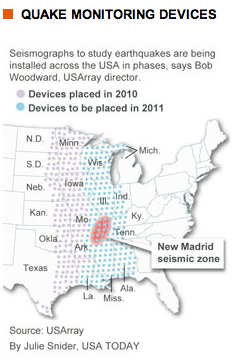The recent tsunami that devastated several remote islands in Indonesia has brought to light the country’s horrible history of natural disasters. Here, we take a look at the worst disasters to strike the chain of islands in Southeast Asia this year alone.
June 16, 2010: The 7.0 magnitude Papua earthquake destroyed nine villages and killed 17 people. More than 2,500 houses were destroyed. This came on the heels of the 2009, 7.6 magnitude Papua earthquake that killed four and injured dozens.
October 6, 2010: The Papua area experienced yet another disaster when torrential rains caused overflowing rivers and landslides. More than 145 people were killed, more than 800 injured and hundreds more displaced. The government blamed heavy rains for the severe flooding, rather than illegal logging and deforestation.
October 25, 2010: The U.S. Geological Survey reported a 7.7 magnitude earthquake struck off the coast of Indonesia’s Sumatra island, causing a deadly tsunami.
October 25, 2010: The tsunami struck Indonesia’s Sumatra province, flattening villages and a resort. West Sumatra provincial disaster management official Ade Edward was quoted as saying, “The number of dead is now 282 and 411 are missing.” He said aid such as food, blankets and tents had begun filtering into the affected areas but that clean water was scarce and that the risk of disease was growing. Indonesian officials have said that the country’s tsunami warning system was not working because it had been vandalized. (The warning system was implemented after the horrific 2004 earthquake and tsunami that killed more than 230,000.)
October 26, 2010: Indonesia’s most volatile volcano, Mount Merapi, erupted, killing at least 28 people. Authorities have been attempting to evacuate 11,000 villagers living on the slopes of the volcano where many houses have been destroyed. Among the dead was the elderly spiritual guardian of the volcano, a man who, Japanese believed, possessed magical powers over the mountain.


 especially in the Pacific Northwest, an area that has experienced considerable seismic activity within the last several years. The information gathered will not only help scientists understand earthquakes, but will also educate residents of those areas about the dangers of such a catastrophe and could also lead to stricter building codes in such places.
especially in the Pacific Northwest, an area that has experienced considerable seismic activity within the last several years. The information gathered will not only help scientists understand earthquakes, but will also educate residents of those areas about the dangers of such a catastrophe and could also lead to stricter building codes in such places.